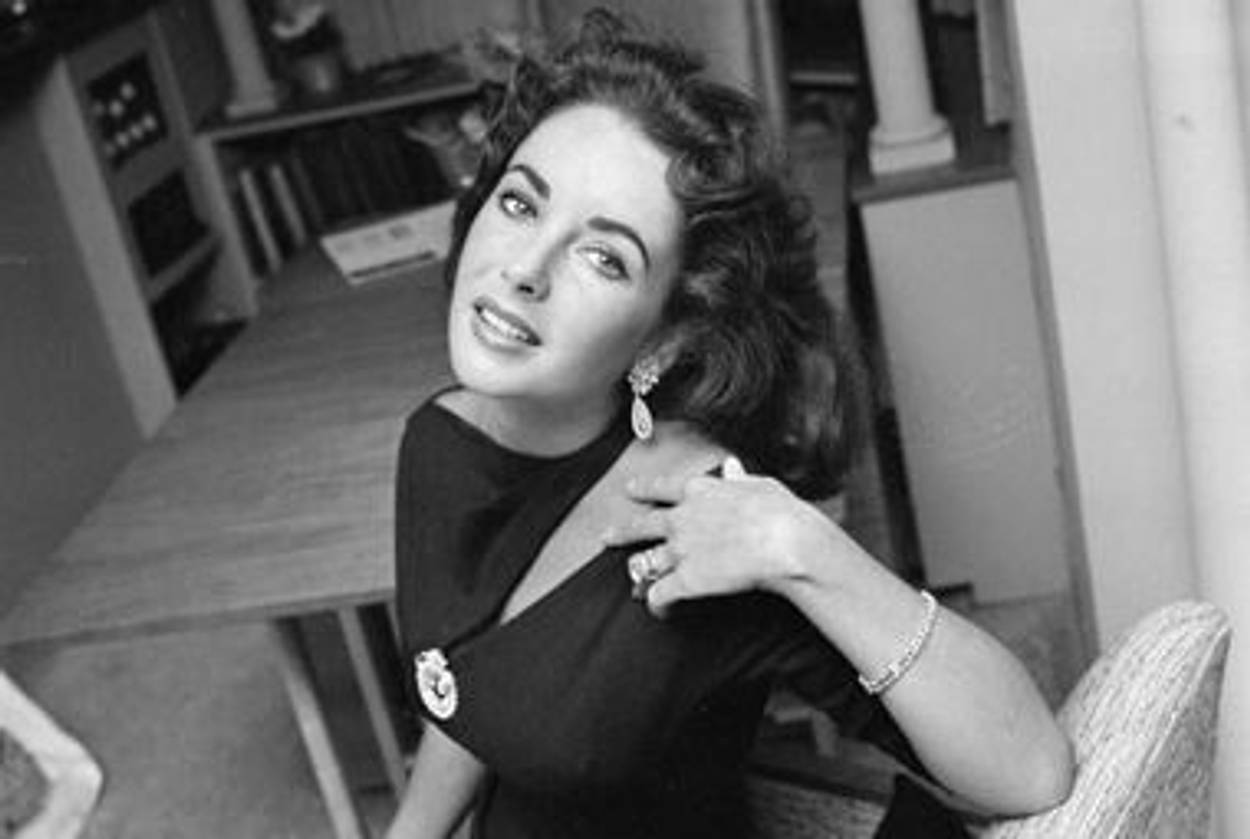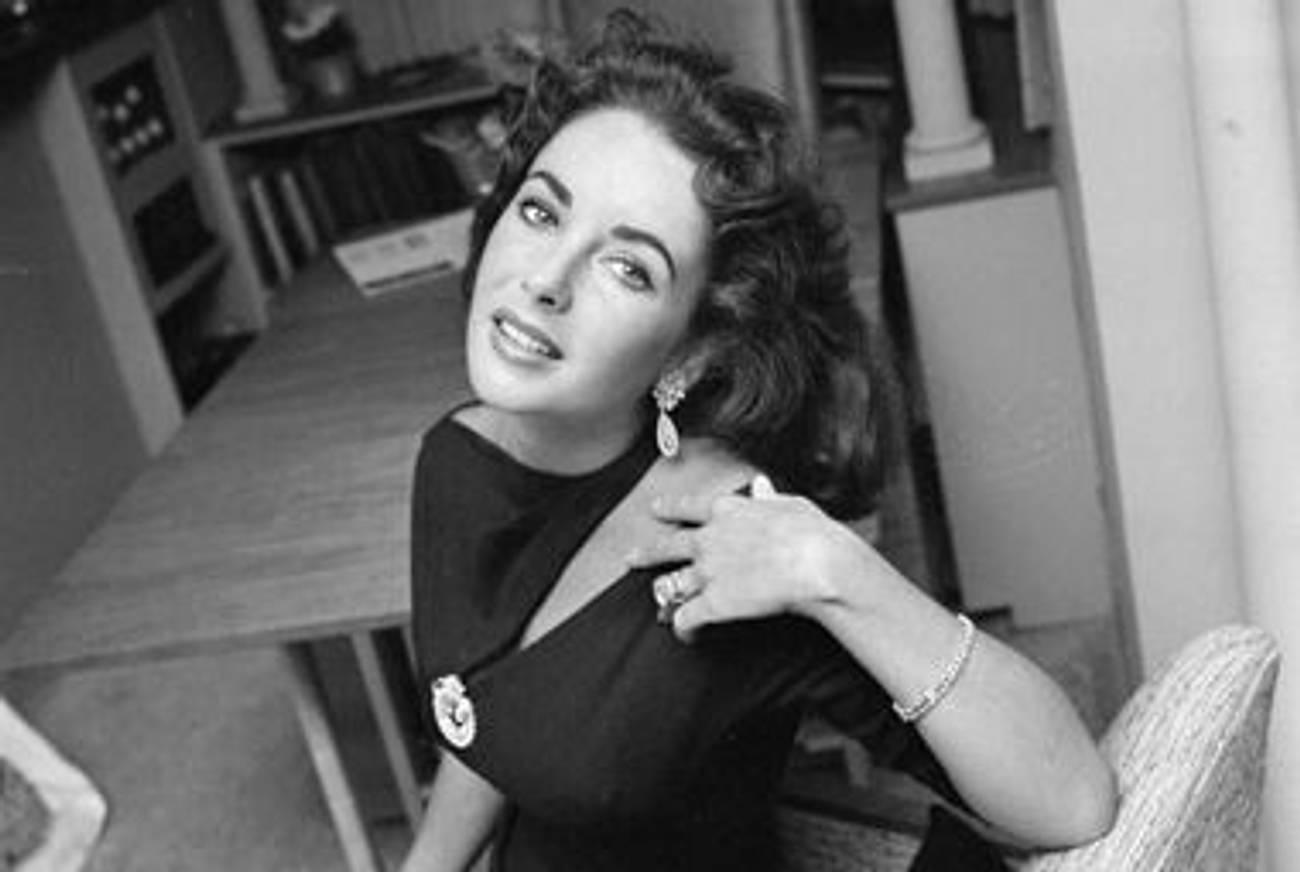Passion
Elizabeth Taylor died today of congestive heart failure. That seems impossible: Whatever misfortunes befell the glamour queen and Jewish convert over the years, there was never a failure of heart.




Earlier today, I got an email from my husband. It was just a subject line:
“Are you sad about Elizabeth?”
I had no clue what he was talking about. I racked my brain for all the Elizabeths we know. I wondered if something had happened to the queen. Then I clicked over to the New York Times and realized, horribly, that something had. It just wasn’t the queen I’d had in mind.
Elizabeth Taylor is dead. Just typing the sentence strains credulity. It seems the height of unreality that after all she had survived—tumultuous multiple marriages, widowhood, the death of the studio system, public vilification, alcoholism, pill addiction, the undeserved wrath of Joan Rivers, and a shocking list of health problems including but not limited to brain tumors, dysentery, and countless back and bone surgeries, beginning the age of 12 after an accident on the set of National Velvet left her in chronic and crippling pain—she could ever be felled by something so mundane as congestive heart failure.
It sounds like a cliché to say so, but of everything Elizabeth Taylor suffered from, it was never a failure of the heart.
That she was gorgeous beyond all sense was never in doubt. Elizabeth Taylor in her radiant prime makes Angelina Jolie (the tabloid-appointed pretender to her throne) look like a choleric video-game avatar. For all her glamour, guts, and chutzpah, she never quite captured the drag-queen imagination in the same way as compatriots like Joan Crawford or Liza Minnelli. Her beauty simply defies parody; it’s like trying to make fun of an orchid. As for her tremendous talent, the evidence is right there on screen: Her indelible starring roles in legendary films like Giant, A Place in the Sun, Suddenly Last Summer, and best of all, Cat on a Hot Tin Roof and Who’s Afraid of Virginia Woolf? (which also happen to be the film versions of the two plays I love—and, for better or worse, identify with—the most in the world). She was undeniably a legend: Over the next few weeks I’m sure we’ll see a litany of think pieces exploring her cultural significance, her status as an icon, the way she almost single-handedly ushered in our current celebrity-driven age. (I may even write some of them.)
But for now, I prefer to celebrate her heart. Elizabeth Taylor was first and foremost a creature of passion (for which she named a perfume). Her passion for love, her passion for jewels, her passion for people, her passion for life. Whatever she did, she did it her way, and her way was big. She married eight times, twice to the similarly extravagantly natured Richard Burton. She threw herself into AIDS charities when the disease was still unmentionable in most respectable circles. She converted to Judaism just 15 years after the liberation of the death camps and remained committed to Israel and Jewish charities throughout her life. (She and Burton regularly got into booze-fueled screaming matches over who was “more Jewish”—him claiming that the Welsh were “the Jews of Britain”; she countering that she was, in fact, literally Jewish. If the essence of being Jewish is the ability to survive and flourish in the face of inestimable odds, I’d say Taylor was the winner in spades.)
When my grandfather died last year at almost exactly this time, the rabbi at his funeral told a story of an old man standing alone by a dock at the harbor, applauding the ships as they came in from the sea. A little boy asked him why. The old man said: “When a ship sets sail, many people celebrate. But we have no idea of what might befall it on its voyage—it could be shipwrecked, overtaken, used for an evil purpose. Better to celebrate now, when the ship, having weathered many storms, returns home with its job well done.”
Elizabeth Taylor, having weathered many storms and shirked from none, has safely returned to port after an incredible journey at sea. She may have been given an extraordinary face and an extraordinary talent, but her extraordinary, inspiring, tragic, joyful, captivating life was something she did all on her own.
And now that the shock has worn off, I’m going to go somewhere and cry.
Rachel Shukert is the author of the memoirs Have You No Shame? and Everything Is Going To Be Great,and the novel Starstruck. She is the creator of the Netflix show The Baby-Sitters Club, and a writer on such series as GLOW and Supergirl. Her Twitter feed is @rachelshukert.